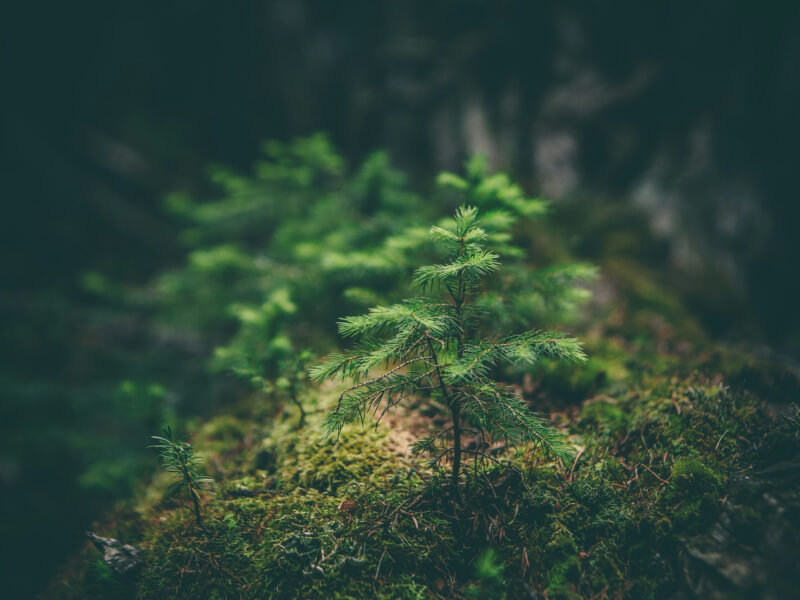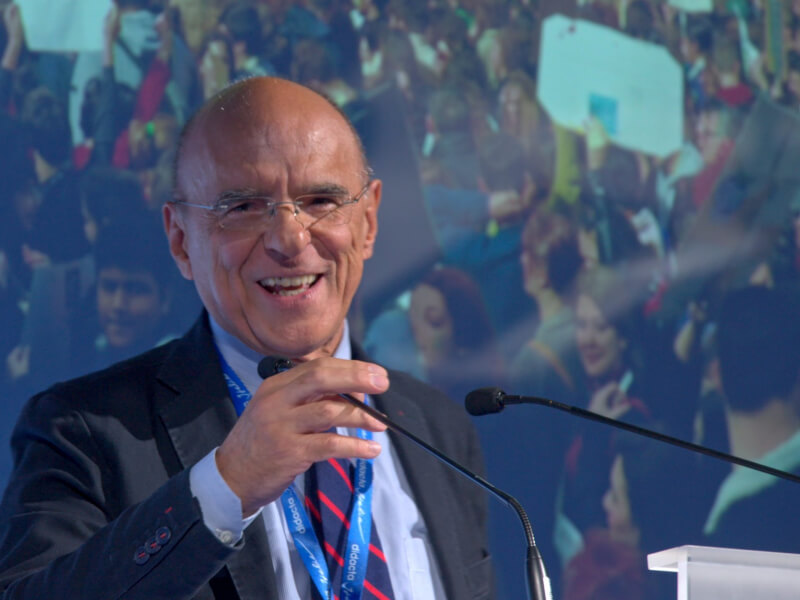22 April 2024 – April 22 is Earth Day and people all around the world will be celebrating the bounties that earth provides for all life. This is a good time to consider what does living “a green life” mean to us? How can we live green from a holistic systems perspective? China’s pursuit of an “ecological civilisation”, an enabling philosophy for green life, is now written into the Chinese Constitution as the basis for the country’s environmental policies, laws and education. It articulates the primary principles of environmental management, ecological restoration and green development. It has deep cultural roots in Lao Tzu’s Taoist notion of “uniting humans and the universe”. So we look to China for leadership in accomplishing this vision of nature-human harmony.
This harmony implies preserving the places we love and making our own behaviours, particularly consumption, more mindful and intentional, while transforming the infrastructural systems that we live in.
We can be preserving places both far and near to us. About eight years ago, I visited the city of Xiamen and sat by the seaside, enjoying the beautiful ocean views and mild weather. It changed my impression of China, which was originally formed by visits to crowded and busy Beijing and Shanghai. China has many amazingly beautiful places worth preserving – the Zhangjiajie Floating peaks, the Lijiang River, the Great Wall, Mount Qomolangma, Tiger Leaping Gorge on the Yangtze River, the Yarlung Tsangpo Grand Canyon, among many others. But on Earth Day, the most amazing places to focus on are our own backyards, our neighborhoods, our community spaces.
There is great potential for treating these local spaces with greater respect, keeping them clean and green, even improving their biodiversity with new plantings and establishing pollinator and bird habitats. Many communities are experimenting with converting impersonal urban spaces into more social community places, by planting trees or bushes in unused lots, in back alleys, in parking areas, creating farmers’ markets, rooftop farms and vertical farming, and repurposing abandoned or underutilised buildings for community activities.
Second, we should focus on changing human behaviours. Earth Day is a reminder that Earth systems today are more impacted by human social and economic behaviours than by natural processes and cycles. We are living in a time when human activities dominate the natural hydrological, carbon and nitrogen cycles. How can we make human impacts less harmful to nature? Yes, part of the answer is reducing consumption, but that is only a partial answer that applies mostly to wealthy people. People can do a lot to improve their own consumption behaviours by reducing waste, recycling, sharing rather than buying, walking, cycling to work, and avoiding single-use plastics. A more encompassing way to moderate our collective impacts on earth is to become more mindful and intentional in all that we do.
Human self-actualisation and happiness are not all about consumption. Humans are an integral part of nature, and we must come to see ourselves in this unitary way. There are many ways of being human in relation to our environments.
Mindfulness and intentionality open possibilities of satisfaction, finding meaning and happiness, while reducing the material impacts. They can diffuse our focus from material acquisition and consumption, to spiritual, psychic, social and transcendent satisfactions. Mindful activities can rejuvenate community, kinship and joy through connection and empathy. Many people are adopting tai chi, yoga, meditation, journaling, deep-listening, expressing gratitude, reading, silence and other contemplative practices to find purpose and meaning in life. These practices can have profound influence on improving individual’s well-being and self-esteem and deflecting from habitual consumptive behaviours.
Third, green living by individuals depends on the availability of green infrastructures and systems. There are limits to how much individual personal changes can improve Earth systems. Many impacts are determined by the systems and infrastructures that surround us, systems that supply electricity, water and food, transportation, healthcare and education. Many of these systems are aging and were designed in times of older and less efficient technologies. They are often just taken for granted. We don’t personally own them, so they drop out of sight and out of mind.
Earth Day is a good time to remind us of our responsibilities toward making these lifestyle enabling systems to be ecologically efficient and regenerative of life on earth. Regenerative agriculture, renewable energy, nature-based infrastructure are ways of ensuring the long-term conservation of Earth systems and ecological services. Citizens can influence these systems by demanding such green systems. They can engage the government institutions, corporations and nongovernmental organisations responsible for maintaining such services.
Citizen engagement in civic decision-making is a potent way for systems transformation toward sustainability. Positive approaches to engagement can enrich local government bodies with innovative ideas, understanding of their clients’ needs and opportunities for collaboration. Citizen engagement is also a way to ensuring that the benefits of green infrastructure are distributed in a socially just and inclusive manner.
Working toward a holistic systemic green life is a worthy way of celebrating Earth Day this year and every year. If pursued collectively, it can slow down the global collapse of ecosystems and climate change. A green lifestyle can bring joy and connection to nature and connection to neighbours and communities. Let us not just watch and lament the devastation to nature that we witness every day.
There is a lot that we can act on locally, and small acts accumulate to big changes. Let us act in small and local ways as a Chinese proverb advises:”Before preparing to improve the world first look around your own home three times.”
First published in China Daily






